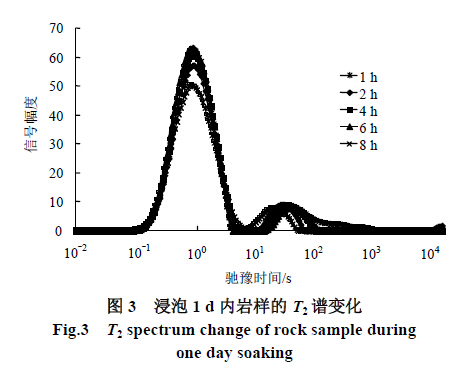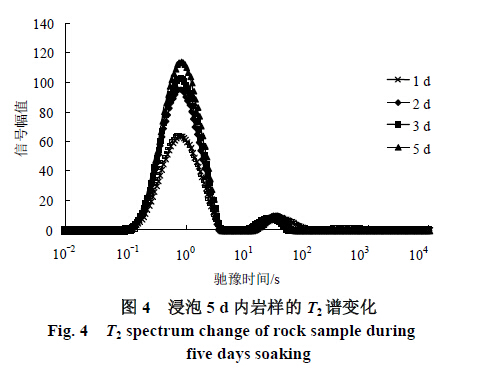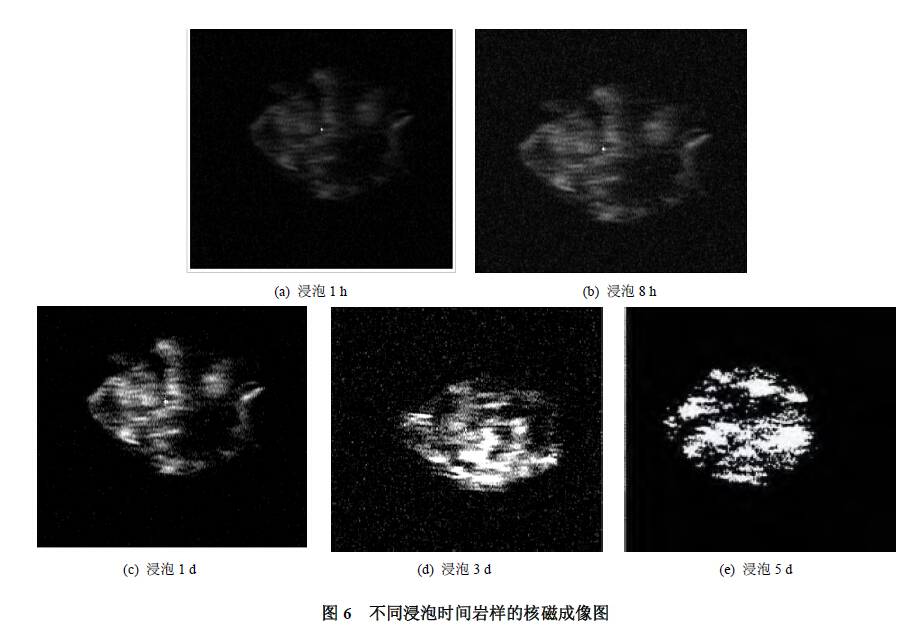Wellbore instability is a complex problem that has prevailed in oil drilling and has been plaguing the oil industry. Wellbore instability encountered during oil drilling can be roughly divided into fracture body instability, plastomer instability and mud shale instability, of which mud shale instability accounts for more than 90%. Therefore, some researchers believe that The problem of wellbore stability is the problem of mud shale stability.
The microscopic structures such as pores and granules of mud shale have changed after water, and the whole process of crack initiation and expansion until the final rupture has an important impact on the mechanical properties and engineering properties of the shale. The study of the damage evolution from the internal structure of rock to the complete rupture process has been studied by various scholars at home and abroad through various rock meso-mechanical tests.
Nuclear magnetic resonance (NMR) technology, as a new detection method for studying the mesostructure of rock, has the advantages of non-destructive, repetitive and rapid. NMR obtains information on rock porosity, pore structure characteristics, fluid content, etc. by analyzing the nuclear magnetic resonance relaxation time. Nuclear magnetic resonance imaging can visually observe the development of pore damage inside rock. Currently, nuclear magnetic resonance technology is mainly used in petroleum engineering. Through the study of rock pore structure and reservoir rock pore fluid characteristics, the application of reservoir evaluation and logging logging is carried out.
The following is a brief introduction to the use of nuclear magnetic resonance technology to test the transverse relaxation time and nuclear magnetic imaging of samples with different immersion time. By analyzing the sample mass change, transverse relaxation time T2 spectrum distribution, T2 spectral area change and nuclear magnetic imaging, The internal crack damage evolution process of shale after hydration was analyzed and discussed.
Lateral relaxation time T2 distribution

As can be seen from the above figure, as the immersion time is extended, part of the T2 spectrum is 3 peak maps, and the second peak of the large-sized micro-crack corresponding to the right side continues to move to the right side, indicating that the micro-cracks continue under hydration. The expansion and bifurcation formed more micro-cracks, indicating that the rock has experienced more serious hydration damage.

After 1 d soaking, in the next few days, the small peak micropores corresponding to the first peak on the T2 distribution map, the amplitude of the peak further increases, indicating that the new micropores are continuously generated and expanded.
Magnetic resonance imaging analysis

The black color in the image is the background color. The whitish area is the area where the water molecules are located, which represents the pore range. The brightness of the image reflects the water content in the rock. The more white bright spots, the larger the rock pores. The smaller the pore
References: “Research on Hydration Damage Evolution of Brack Hard Hard Shale Based on Nuclear Magnetic Resonanceâ€, Geotechnical Mechanics, March 2015, Vol. 36, No. 3
Pet Feeder,Automatic Cat Feeder,Raised Dog Bowls,Automatic Dog Feeder
Green Source(Guangzhou) Co. Ltd. , https://www.stargalaxycn.com